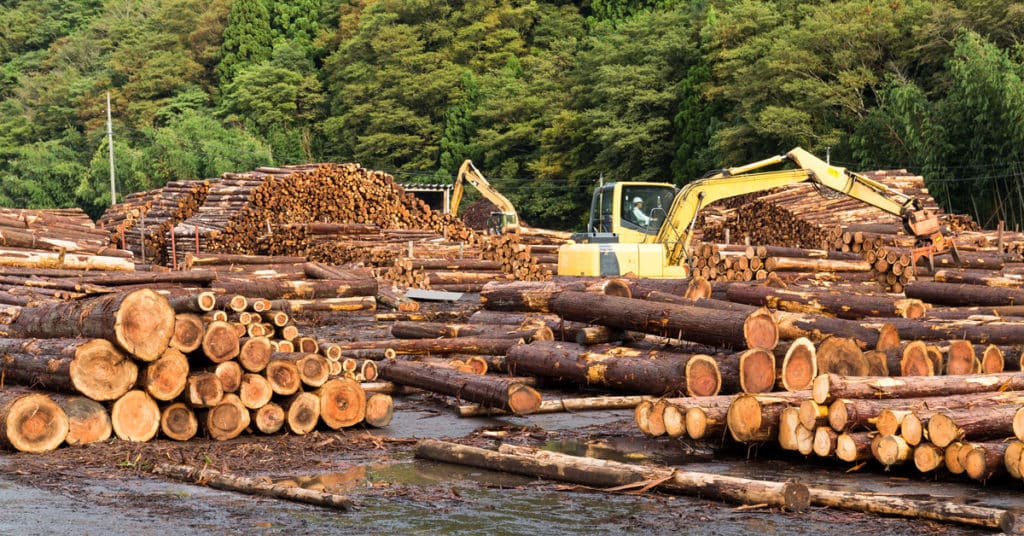Situation
A sustainable wood production company with more than half a century in tree logging, raw materials production, and manufacturing of final wood products built a new facility in 2020 to further vertically integrate their business. As they neared the end of construction, they knew that a lubrication management plan was critical to completing the commissioning of the plant. The company hired a third-party contractor who supplied three technicians to handle the lubrication management, alongside two technicians hired by the mill.
However, they had no lubrication plan. This led to routes not being completed at the right frequency, routes only being partially completed, and some assets being completely skipped. As a result, no data was being collected, and they were replacing a bearing per week due to lubrication issues. These bearing failures cost up to $20,000 in repairs and an estimated $12,000/hour in lost production. Management realized that they needed to have an organized lubrication management plan for this facility to meet the production levels they expected and to finalize the commissioning process.
Action Items
The company set up their lubrication strategy using Redlist’s Lubrication Management Software. The Redlist implementation team traveled onsite for a week to train their team and assist with charting the lubrication routes. Facility management anticipated their technicians, along with the Redlist team, would only be able to chart two or three of the seven areas that needed charting. However, the ease of use of the Lubrication Charting app enabled them to complete all seven areas.
Together, they charted a total of approximately 500 assets, 1200 components, and 2300 lubrication tasks in only four days. By the end of the second day, the company’s technicians felt confident in their training and took over the charting process, including organizing the data into lubrication routes. Upon completion of charting, the routes were then assigned to the third-party contractors who were given access to Redlist to follow the routes and record the lubrication data to provide reporting for the company.
Impact
Since the implementation of Redlist, the company has completed 100% of their lubrication routes. It was a huge shift to go from not having a lubrication management program to having a fully charted and organized system complete with photos, documents, work instructions, oil and grease products, and estimated completion times for every lubrication point in their new facility, but all of this was completed within a month. As a result, they have only had one bearing failure since implementing their lubrication plan nearly a year ago, and that failure was due to a non-lubrication issue. This increased asset reliability has had several major impacts on the mill. In regards to plant production, the Plant Engineer said, “Prior to Redlist, a good production run was 200 cubic meters of material per day. Now we can produce up to 800 cubic meters on a good day.” Before Redlist, the Plant Engineer described his working relationship with mill management as “trying to push rope uphill to get anything done.” But, within two months of implementing Redlist, he had their complete confidence to the point that they put him in charge of lubrication and maintenance at another mill with the expectation of seeing similar results as he rolls out the same lubrication plan.
Not only has plant production and the overall work environment improved, but also there are great financial impacts from these changes. The mill was able to completely eliminate the contract labor they had hired to assist with lubrication, saving them $180,000/year in labor cost. Add that to an estimated $300,000 in downtime savings, and management at the mill is extremely happy to have achieved more than they expected with their Redlist lubrication management plan.
